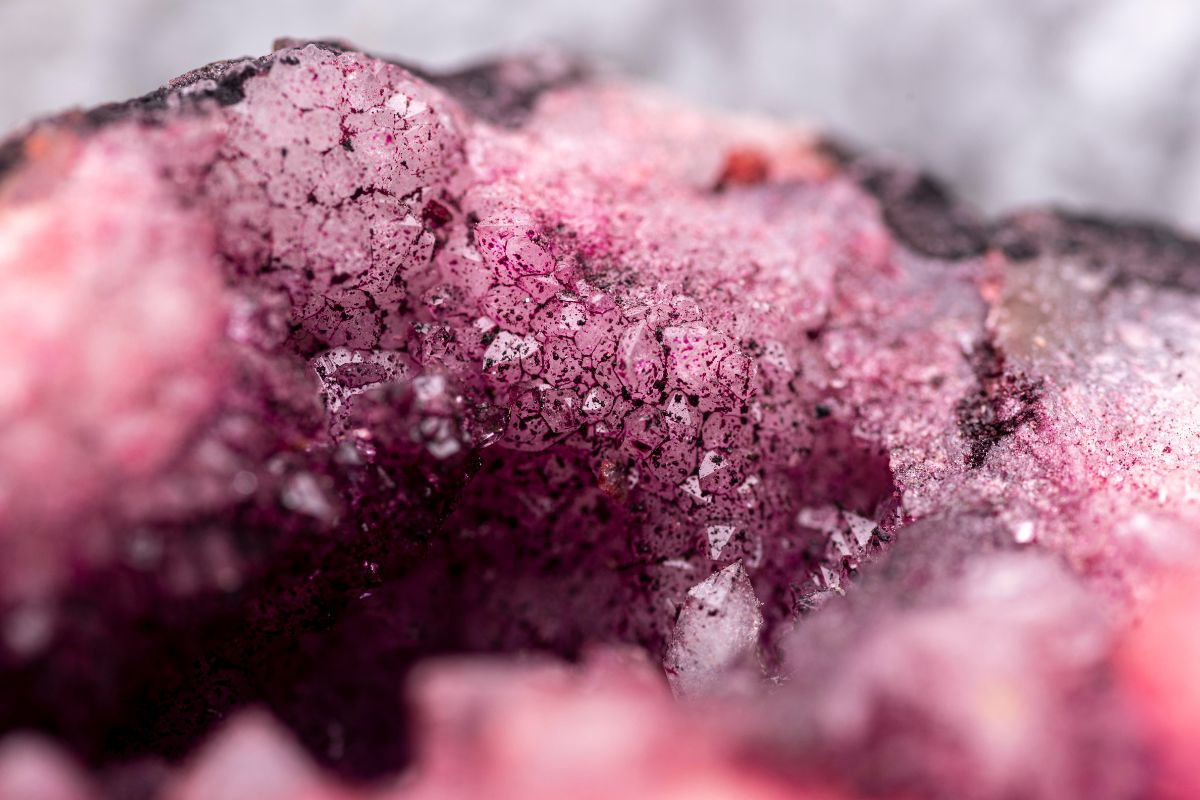Il Corindone

Corundum is an aluminum oxide (Al₂O₃) and is one of the hardest minerals known, with a hardness of 9 on the Mohs scale, second only to diamond. This property, combined with its wide range of natural colors, has made it one of the most appreciated gemstones in jewelry for many centuries. In its pure form, it is colorless, but the inclusion of elements such as chromium, iron, titanium, and vanadium creates a surprising variety of colors.
In gemology, the term ruby refers only to red corundum (colored by chromium), and sapphire to the blue variety. However, commercially, the term fancy sapphire is used for colorations such as pink, yellow, green, orange, purple, and multicolored ones.
Pink sapphires, increasingly appreciated in the contemporary market, range from pastel pink to bright fuchsia. High-end jewelry and watch brands often include pink sapphires in their collections, leveraging their delicate yet striking appeal. On the current market, vivid high-quality pink sapphires (especially if untreated and over 2-3 carats) can fetch significant prices, although they are generally more affordable than equivalent rubies. They are caused by low concentrations of chromium. Purple sapphires, rarer in nature, result from a mix of chromium, iron, and vanadium. They show marked pleochroism and changing reflections. Gems like the "Royal Lavender" from Madagascar demonstrate the unusual elegance of this variety, still a niche compared to classic rubies or blue sapphires. An extraordinary variety is Padparadscha, a sapphire with a perfectly balanced pink-orange hue, defined strictly according to international criteria. The color, reminiscent of a lotus flower at sunset, is caused by the combination of chromium and iron. Authentic and natural specimens are rare and highly sought after. One of the most famous was worn by Princess Eugenie of York: an oval padparadscha weighing around 5 carats, surrounded by diamonds, which became an icon of modern elegance.
Among the less common varieties are yellow sapphires (due to trivalent iron), green sapphires (caused by a combination of iron and crystalline geometry), and pure orange sapphires, often the result of heat treatment or beryllium diffusion. Colorless sapphires, called leucosapphires, lack chromophores and are sometimes used as diamond substitutes. Some crystals exhibit multiple colors or color change, like the rare blue-purple specimens that shift depending on the light. Pleochroism and asterism (visible stars in cabochon cut) are distinctive optical phenomena.
Finally, famous gemstones like the Sunrise Ruby (25.59 ct, sold for over 30 million dollars), the Logan Sapphire (423 ct), and the Blue Belle of Asia (392 ct) demonstrate the incredible cultural and economic value of corundum. This mineral, with its vast color range and resistance, continues to be a protagonist in high-end jewelry, telling the profound and luminous story of the Earth with every facet.





